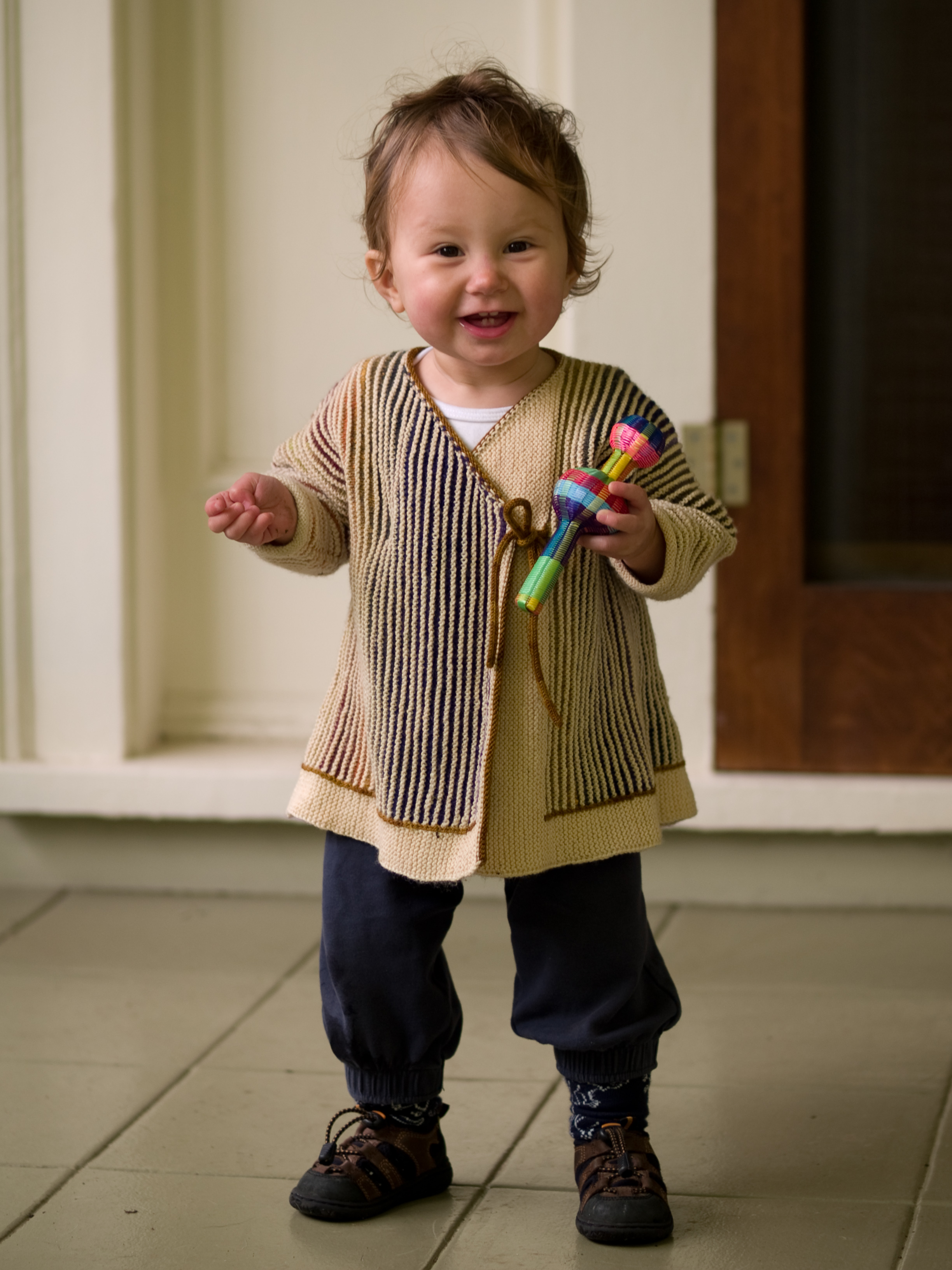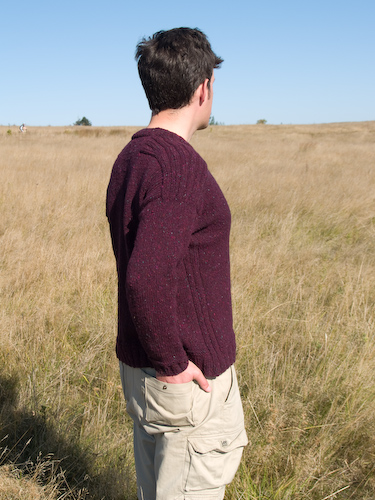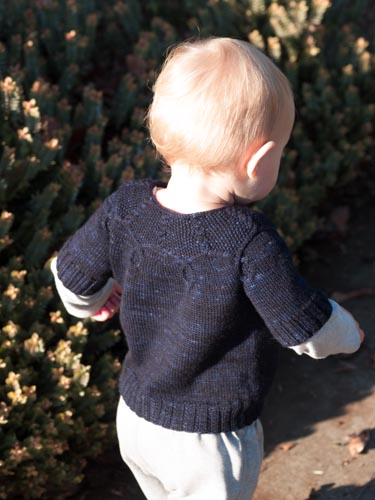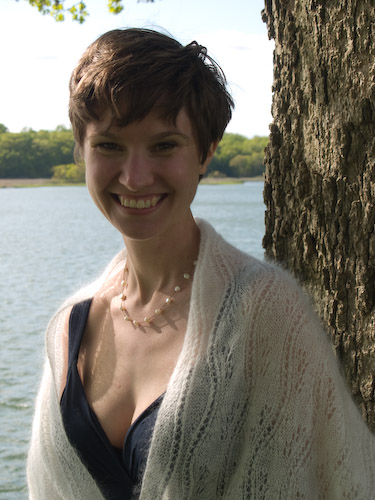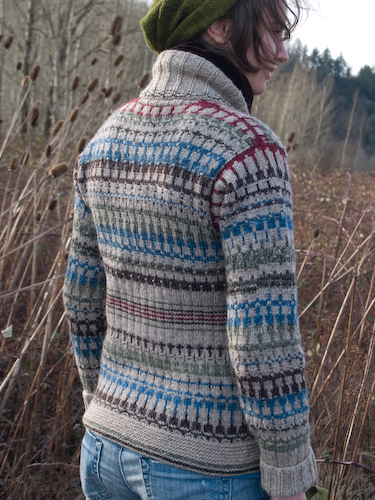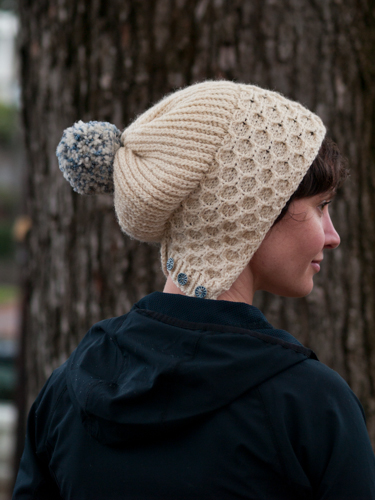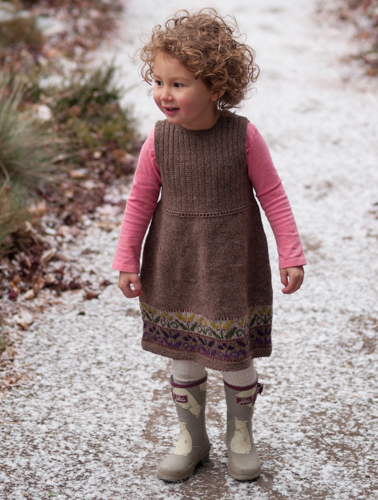“We believe the one who has the power. He is the one who gets to write the story. So when you study history, you must always ask yourself, Whose story am I missing? Whose voice was suppressed so that this voice could come forth? Once you have figured that out, you must find that story, too.” –Yaa Gyasi, Homegoing
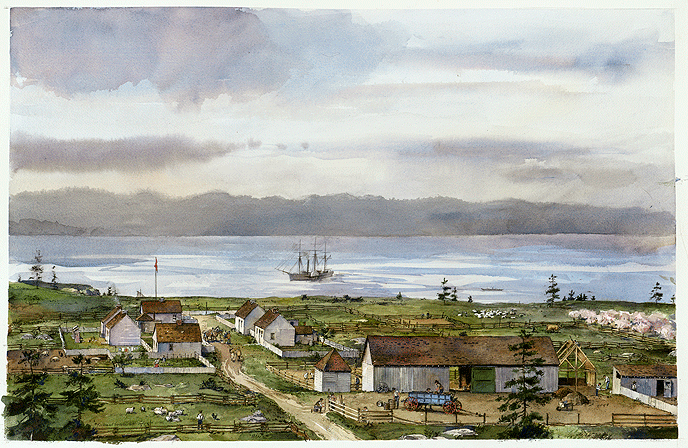
Three years ago we decided to take up a farm on my little home island. This place has been changing rapidly during my lifetime. Looking across our central valley now, I can see large houses on every rocky knoll commanding a view. Our ferry system carried more than a million passengers last summer. Venturing into farming—or more accurately, learning what’s required to do right by a piece of historical farmland that we love deeply—was a choice we made to participate in a sector of the island community that feels vital to maintaining the character of a landscape in danger of being loved to death. We feel the weight of the many forms of privilege that allowed us to choose this life in this place, and we feel gratitude to the more experienced farmers and stewards of the land who continue to guide our steps. We try to come to the work humbly and eager to learn.
The more we learn and make mistakes and learn some more, the more our appreciation and respect for farmers has grown. And the more I’ve listened to the stories of elders in our community, the more I’ve wanted to know about the longer story of farming on this scatter of fertile wooded islands in the Salish Sea.
The “old farm families” in this part of the world—as in much of the American West—can claim five, maybe six generations here. Our island history, as I was taught in school and in community lore, began in the 1850s with a boundary dispute between the British and Americans, a Hudson’s Bay Company pig shot for ransacking Lyman Cutlar’s garden, twelve years of military posturing, and then a peaceful arbitration after which the American settlers got on with platting townships and claiming farmland and felling trees and growing crops, as their brethren were doing all over the Pacific Northwest. These things happened, but they are only the dominant story. Whose story were we missing?
The Hudson’s Bay Company saw an opportunity to establish a farm with sheep and pigs here because the native prairies and woodlands had been kept open by careful stewardship, including the periodic use of fire to clear underbrush and favor desirable species. The settlers who staked their claims to the land called Oak Prairie by the Hudson’s Bay Company and now called the San Juan Valley didn’t have to carve their farms out of the forest. Their fruit trees and vegetable gardens thrived in part because farmers had been sustainably cultivating the soil for hundreds, if not thousands, of years.
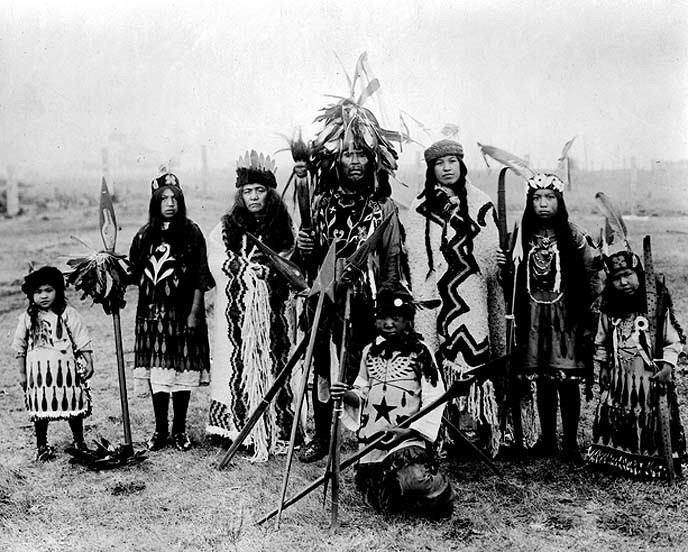
Those first farmers were Northern Straits Coast Salish people—Lummi and Samish, Songhees (Lekwungen) and Sooke (T-Sou-ke), Saanich and Semiahmoo, all having a common language and much intermingled by marriage and other relationships—sharing use of these islands in their seasonal rounds of hunting, farming, foraging, and fishing, with large permanent settlements on the more sheltered bays. The women did most of the agriculture, tending gardens that were handed down generation after generation, amending the soil, planting the edible varieties of camas, weeding out the white-flowering death camas. They were also fiber farmers and artists. They bred white, long-coated, curly tailed dogs known as Salish Wool dogs, keeping them on specific small islands to maintain genetic purity, and sheared them annually with razor clam shells to harvest the fiber for spinning and weaving textiles. According to Captain George Vancouver, who observed the woolly dogs in 1792, they resembled large Pomeranians. “So compact were their fleeces, that large portions could be lifted up by a corner without causing any separation,” Vancouver wrote, adding that the dogs’ coats were “composed of a mixture of a coarse kind of wool, with very fine long hair, capable of being spun into yarn.” The Coast Salish women blended the dog hair with more valuable mountain goat fiber to bulk up their yarns for blankets and other textiles that saw daily use.
The woolly dogs are gone now. The forced relocation of the humans who tended them disrupted the husbandry system that protected their genetics, and the availability of sheep’s wool supplanted the need for their fiber. During the 1850s the Belle Vue sheep farm quickly grew to almost 4,500 animals, and the Hudson’s Bay Company employed Cowichan, Hawaiian (Kanaka) and possibly Chinese laborers to build roads connecting the prairie grazing grounds and to tend the sheep. Our town, Friday Harbor, most likely takes its name from a Kanaka shepherd named Friday. The wages paid by the Hudson’s Bay Company, though too meager to support a family according to complaints of the day, were attractive enough to draw Native American men from beyond the immediate region to work on annual contracts. But the meticulous diary of the Company’s Chief Factor Charles Griffin refers to his laborers as “men and Indians,” suggesting a clear perception of race-based hierarchy, and only employees of European descent were awarded supervisory roles at the several sheep stations around San Juan Island. It’s important to acknowledge that even here in the Pacific Northwest, a continent away from the cotton fields, our earliest story of commercial agriculture is about a white-owned company relying on cheap labor from people of color.
Colonization of these islands was complete down to the ecological level. The Hudson’s Bay Company turned out pigs, brought from their Hawaiian station. The pigs ate vast numbers of acorns, impacting the native Garry oaks and collaborating with the sheep to rapidly alter the native prairie. According to company records, in the first season the pigs ate the wild-growing death camas and died, but pigs are smart; the survivors quickly learned to eat only the edible plants and soon decimated the Coast Salish crop. The Hudson’s Bay Company introduced Ozette potatoes that quickly replaced camas in the indigenous diet, solving the problem they’d created by introducing the pigs, but only by also creating a dependency on a non-native species and breaking an ancient relationship between humans and native plants that signified a cultural loss as well as blow to the local ecology.
This is all part of the history of the farm my family is stewarding now. Most of the stories that unfolded here are lost, and we can’t mend the rupture of a hundred and fifty years ago. There can certainly be no repair without acknowledgement, so sharing this story and asking myself many questions about how to be a caretaker in this place is my first step. There are parts of Oak Knoll Farm that could be managed to promote reestablishment of native prairie species, and that might be a way to begin. On the human front, we can ask why our children’s Native American studies in school still don’t include the stories that took place in their own backyards. We can attend to the indigenous stories still unfolding here, and we can heed and amplify the native voices that are speaking today. In our neighborhood, for example, the Lummi Nation is leading the fight against the installation of a coal-shipping terminal on their Cherry Point lands.
And in the immediate mean time, I have more to say on the role of sheep and the romanticizing of pioneer and ranching history, so I’ll craft a separate post (or posts) for that. There are stories upon stories to find.
